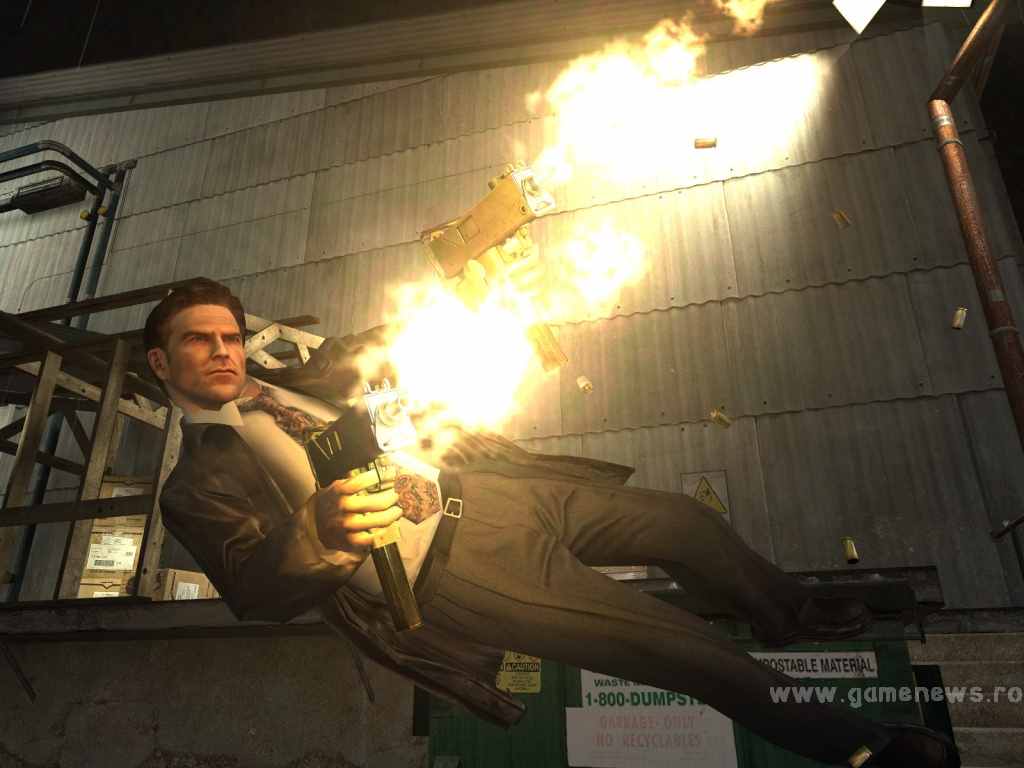As the gaming industry has marched on, the JRPG genre has
become a somewhat divisive one for sticking to a lot of its established
traditions. And, apparently, “traditions” often translates to “dated elements”
and “clichés” in the eyes of the gaming public. But it’s hardly fair to
insinuate that there’s an inherent lack of creativity in JRPG’s when we like to
revel in some common tropes and “clichés” of our own – just compare two or more
war shooters and count all the similarities. But in the end, maybe it’s only
natural that we’d more easily accept the commonalities of our own culture’s
media than those of another. Perhaps JRPG’s were only destined to become
slightly niche to begin with, but it’s a niche I’m perfectly happy with.
Personally, the folks across the pond have always done a better job of
capturing my imagination than our home-grown high fantasy open-worlds or sci-fi
space operas, no doubt thanks to my being raised on a healthy dose of such like
Kingdom Hearts and Final Fantasy (although I can hardly claim to having finished
even half of the games in the series).
Naturally,Tales of Symphonia found its way into my heart
somewhere down the line, introducing me to an entirely new and wonderful series
with a battle system that I found no less than ingenious. Never mind, of
course, the great storyline, lovable characters, and fun level design. Later
on, I played Abyss – which had an excellent
story, by the way – and Tales of Graces F, which is now one of my favorite
RPG’s of all time. So, while I can’t say I’m the biggest buff on the series, I
certainly enjoy it quite a bit, and I really
want to get my hands on Tales of Xillia. It's...really too bad that I'm broke and Christmas is a ways off. So instead, I had to find another way to scratch the itch, and
that’s what led me to the game I’m reviewing right now. See, I picked this game
up in 2009, not long after I had finished the first game. I mean, hey, I
enjoyed the original, so buying the direct sequel seemed like the next logical
step. I was aware of the polarized-at-best reaction, but that’s the thing with
divisive games like this: you’ve got to play it for yourself and see if it
works for you. In my case, I played it for about fifteen hours, and I remember
enjoying it, if not as much as the first game. Of course, at age 13, I also
enjoyed freaking Nickelback; not to
mention I didn’t actually finish it. So with little better to do as summer came to a close, I decided to play it through to the end and see what
this low-budget spinoff was really about. In the end, did I like it?
Well…yes, I…kind of did. Don’t get me wrong, I have a laundry list of complaints,
but…well…maybe it would be better just to get started.
So, let’s talk story, since that’s pretty important in a
game like this. Tales of Symphonia: Dawn of the New World takes place two years
after the original Tales of Symphonia, where the joining of the two worlds,
Sylvarant and Tethe’alla, has led to political unrest. In response to the
bigotry and power of the Tehe’allan civilization, whose strength has only grown after gaining the Church of Martel’s favor, a group of Sylvaranti has formed the
Vanguard, dedicated to liberating Sylvarant from its oppression. The Church of
Martel responds by declaring war on the Vanguard, resulting in a Blood Purge
taking place in the town of Palmacosta. It’s during this Blood Purge that the
parents of our main character, Emil Castagnier, are killed by none other than
Tales of Symphonia protagonist Lloyd Irving, and he is sent off to Luin to live
with his aunt and uncle. Emil soon finds life difficult due to his distaste for
Lloyd, who is viewed by the population as a hero, as well as his unfathomably
timid personality.
But right on time, he meets Richter Abend, who imparts upon
him the most poignant piece of poeticism to ever receive utterance from the
human mouth. Now armed with the knowledge that courage is the mystical force by
which his aspirations shall be made tangible, he ventures down into the bed of
the dried Lake Sinoa to investigate a strange noise. After a rather complicated
series of events, our spineless annoyance becomes a knight in service of a
monster lord known as Ratatosk, whose dormant state is the reason for the
world’s rather screwy climate. His core has attached itself to the forehead of
Marta Lualdi and will not regain
power until all of the world’s Centurions have awoken. To do this, Marta has to
hatch the core of each. However, Lloyd seems to be trying to get the cores for
his own mysterious reasons, and the Vanguard is after Ratatosk’s core as well.
Drawing on some of Ratatosk’s power and accompanied by a Centurion named
Tenebrae, Marta and Emil set out on a quest of much grandiosity to find all of
the Centurion’s Cores and reawaken Lord Ratatosk, having occasional run-ins
with the original Symphonia cast and some close calls with the Vanguard along the way. However, while Ratatosk turns
Emil into a competent fighter, it also seems to bring out a darker side to his
personality, and he has to come to terms with the fact that the Richter he
respects so much might not quite be on his side.
So if you can't tell by that lengthy string of what may be run-on sentences, it's pretty complicated stuff. But I have to say,
I ended up enjoying the story quite a bit. After Symphonia’s rather optimistic ending, it’s actually pretty interesting to see how rejoining the worlds had
some unprecedented consequences. The conflict between the two countries is well-thought-out and
makes a lot of sense. Marta’s position as a former member of the Vanguard also leads to some nice development, and there ends up being more to the Vanguard's motivation than we see at the beginning. Lloyd’s transformation into a villain was also pretty interesting. Where Emil and Marta only know him as the murderer who
carried out the Blood Purge, everyone else sees him as a hero thanks to the
first game’s events. Throughout the story, we're left to wonder what provoked this change in character. Why is
he after the Centurion’s cores, and is he really
responsible for what amounts to mass murder? Admittedly, the explanation is just a little anticlimactic, but it does make sense by the end.
Emil’s character arc, however, is probably the
most fascinating part of the whole thing. It starts out kind of clichéd, but
his split personality gets delved into a lot after it drives him to some morally questionable actions and affects his relationship with Marta. And then, in true Tales fashion, the twists start pouring in, plot bombs
are dropped, and he is sent through heaps upon heaps of character development.
This development extends to his romance with Marta, as well; what starts out as
a rather childish, one-sided affection eventually becomes something sweet and genuinely
believable. And while I won’t say much for spoilers, the villain is pretty good,
too. Some players might find the story a bit too complicated – and even I have to
admit that some plot points felt just a tad contrived – but the overall
offering is pretty strong...even if it doesn't start out very promising.
So, it’s a mostly well-constructed story that has some very well-executed
character development. But…is the story delivered
well? The answer is yes and no. To
make my first major point, I’d like to turn our attention to a certain notable RPG
that came out in 2001:
Final Fantasy X, alternately acclaimed as one of the best
and worst games in its series, is polarizing partly due to having a whiny,
angst-ridden teenager as its main protagonist. Tidus is a rather divisive main
character for his boisterous behavior, constant dissatisfaction and childish
ignorance. Personally, I can’t say I loved him, but I thought he was okay. He
served his purpose in the story, had a decently executed romance with the much
more likable leading lady, and received some development by the end of the
game. But perhaps the most infamous thing about his character is how he drove James
Arnold Taylor, an otherwise highly talented voice actor, to deliver a
hilariously cringe worthy performance in several scenes. Yes, whether due to
bad direction or the admittedly questionable quality of some of the material,
one of the better voice actors in the biz completely botched his performance,
leaving the gaming community with scenes it would mock for years to come:
So, how does this connect to Dawn of the New World? Well, here
we have Emil Castagnier, a timid, spineless little wuss who will be serving as
our main protagonist today. He is voiced by Johnny Yong Bosch, one of the
greatest talents in the English dubbing industry period, and…I’m sorry, but his performance is just bad.
I don’t mean to say it’s his fault – I’m sure the direction
he got was just awful, not to mention
that he has to raise his pitch so high just to get the tone. But pretty much
everything that comes out of this kid’s mouth just sounds awkward. He rushes out nearly every line and sentence while at the
same time delivering everything with weird, strained pauses that make him sound
almost constipated. Even when he gets
possessed by Ratatosk and Johnny can use a much more natural tone of voice…it
still just sounds off. Now, as a
character, Emil has gotten some pretty severe criticism as well for his pathetically
meek personality. He’s so weak that he can’t even hold his own in a battle
unless he’s possessed by a monster lord. And, well…yeah, I’ve got to admit, before
his character arc really kicked off in the game’s second half, I couldn’t stand
him myself. The lame vocal performance
was only salt on the wound – for half the game, this kid is just terrible. He
apologizes all the time, is constantly whining, and most of the time you just
want him to shut up. Now, you could say that that’s kind of the point – he starts
off as an annoying milquetoast and gains some strength of his own over the
course of the game. While that’s certainly true, I feel like other Tales games
have executed this better, mostly Tales of the Abyss. Luke was an unlikable, whiny jerk before his development started,
but he was still entertaining because the game’s writing made it work. Dawn of the New World’s writing is…
(sorry, it's the best one I could find that Blogger would let me use)
…Not. That. Good.
Yes, and I’ll have you know that it repeats that most powerful
phrase approximately fifty different times throughout the story, often
accompanied by a flashback. Other common proverbs of unadulterated brilliance
include “Come on, you’re a man, speak up!” and “Are you a man or a dog?” And then there are some things
that just seem poorly translated, and others that just sound cheesy, and…yeah,
that’s something you’ve kind of got to put up with.
But with that said…it’s
not completely terrible. In fact,
when it comes to the character interaction, it’s
honestly pretty good. The interaction between the new characters Emil, Marta
and Tenebrae with the old Symphonia cast is actually pretty dang well done
throughout, and while some of the
humor is a bit…odd, the series famous skits are just as amusing as you would
expect. In fact, aside from Emil early on, I can’t say I had any problem with the game's cast. Apparently, some fans find Marta pretty annoying, too. Personally,
she took some time to grow on me, but I soon grew to find her quite lovable. Then again, I’m almost guaranteed to adore any character
voiced by Laura Bailey…unless…her name is…Serah Faron. (Deep breaths…deep…breaths….)
And like I said, while her infatuation with Emil starts out pretty childish, if cute, it does develop
very well. Tenebrae’s snark and constant trolling made him quite the awesome companion, and the Symphonia cast was about as good as I remember. While the game does seem to exaggerate a few of their quirks for humor's sake, they all remain very true to their original personalities and play off the new characters pretty well. Noteworthy,
though, is that Colette and Presea are the only characters who keep
their original English voices. On that note, while I hated it at first, I’d have to say that the
voice acting is…okay (Emil notwithstanding). It’s far from one the series’ best
dubs, but it works. The bottom line is that if you can put up with an annoying
main character for the first fifteen hours and some iffy dialogue throughout,
the overall deal turns out to be very enjoyable.
However, there is one other thing that kind of drove me
crazy during the first four chapters, and that is the pret-ty poor pacing. There are times the story would literally
flat-out stop to send me on some sort
of aggravating fetch quest. Actually, though it’s been a few years, this is a
problem I remember sort of having
with the original game. But the thing about Symphonia was that even when its
story was slowing down, the game was still fun,
an important ingredient to competent game design that Dawn of the New World
sometimes just…forgets.
Well, while this is a given, I suppose I’ll first point out
the big positive to the gameplay: the battle system. The thing the series is
probably best known for is its excellent, beat-em-up style real-time battle
system. Aside from retaining the usual structure, New World borrows elements from both Symphonia and Abyss. Unison Attacks return from the former game, though they’re
handled a bit differently, and from Abyss, it takes the Arcane and Mystic
Artes as well as Free Run. While Free Run in this game is unlimited, any hit
you take while using it is automatically critical, so you can't use it all the time. Dawn of the New World’s main addition is a monster
catching and training system, in which you form pacts with the various monsters
you fight throughout the game and then use them to fill out the party when you’re
short on characters. It’s not the most captivating system, but at least it
works, unlike a certain other RPG direct
sequel. (DEEP…BREATHS…GAH…) The controls feel a bit floatier than before, but
in return, you can move a bit faster and you can also pull off some flashy aerial combat
moves. Once you get used to it, it works out quite well. I also liked how the battle
situation could be affected depending on how you enter the battle – if an enemy
runs into you from behind, you start out dazed and have some nasty debuffs,
while it’s the other way around if you ambush an enemy. On the whole, the
battle system is just as fun and addictive as ever, and the game brings some
nice, if small, tweaks of its own.
But that’s really the only good thing I can say for the
gameplay. I’ll pull no punches here: aside from that, it’s honestly kind of
crap. Well, maybe “crap” is a bit strong, but a lot of things about this game
just feel lazy. I can understand some
decisions such as a lack of a full overworld, or all the towns being the same
as in the first game. After all, it is the same world and nothing could have
changed that drastically over two short years, so why bore veterans by making them traverse the whole thing all over again? I can respect that, but what I can’t
respect is literally copying almost
all of the original game’s major dungeons, room
for room, puzzle for puzzle, maybe changing one or two things to better fit
the game’s play style (and believe me, I have a few choice things to say about
that, too). And if the designers were feeling really crazy that day, they might put an arbitrary restriction on
an old puzzle, add one or two extra rooms with some pointless
mechanism you have to operate, or perhaps force you through an extremely irritating mini-game. This comprises most of the dungeons in the game, and the
few truly new dungeons hardly fare better.
See, the main thing that made Symphonia’s dungeon design so
clever was how it used the Sorcerer’s Ring, an item you get early on in the
game. It was your main conduit for interacting with the environment and solving
puzzles in the dungeons. The great thing about it was that it would receive different elemental attributes or even different functions depending on the dungeon’s needs. One of
my problems with Tales of the Abyss, in fact, was that it only gave the
Sorcerer’s Ring two different abilities that weren’t always used in especially
interesting ways, but that game at least had a handful of decent puzzles here
and there. In Dawn of the New World…you hold “Z”, you point, you click, you’re done! I’m not kidding. It doesn’t
matter what element the ring has – that’s all
you have to do. It’s so stupid and banal that you could literally take it out of
the game and it would be no worse off for it. As for the more complex “puzzles”,
at best, they just force you to memorize a bunch of crap, and at worst, they’re
like this:
Confusing, frustrating, slow, dull, annoying, and painful. Some of the dungeons also like
to pile on the tedium with our good friends “Backtracking”, “Where Do I Go”,
and my personal favorite, “What Do I Do”. Gameplay-wise, there’s nothing else
to cover: the battle system is great, everything else is bleh.
Lastly, there’s the presentation, and it’s…eh. The
soundtrack mostly comprises of remixes from the original game, most of which I
enjoyed, and the few new tracks that are there – a new battle theme and some
character motifs – are fairly solid as well. The visuals, on the other hand are…honestly
kind of bad. On one hand, it has actual full motion cutscenes, which are pretty
well done. On the other hand, the
character models are cheaper than a game released in 2008 has any business
being and the facial animations are just so shoddy it’s almost laughable. You
can tell the game was made on a very low budget. That's fair enough, since most of the money was going
to Tales of Vesperia at the time, a game I’ve heard some really good things
about. But even with that said, Symphonia itself had some pretty mediocre
production values. However, it at least had an appealing
art style. Dawn of the New World is just really, really bland and ugly. Then again, so was Abyss, and that’s
the art style they apparently liked and thought would suit this game. Yeah, uh…why?
Why?!
But really, graphics are just graphics. What’s
really important in an RPG is how well the story and gameplay come together to
make something of the experience. Tales of Symphonia: Dawn of the New World has
some big and obvious flaws on both fronts - gameplay more so than story - but
at the end of the day, I thought the whole package was pretty all right. Is it
a great game? Well…no, not by a long
shot, but there are much worse RPG’s you could be spending your time with.
So, if you think you can put up with some of its crap, you
might find it worthwhile for its engaging, if flawed, storyline and great
battle system. One thing, though, is that this game was definitely made for fans of the original game more than anyone
else. Still, an HD collection featuring both games is coming out early next
year. I’d suggest buying that for Symphonia, and if that floats your boat the
way it did mine, you might as well give New World a try. Bear with it in the early moments and it might just surprise you.

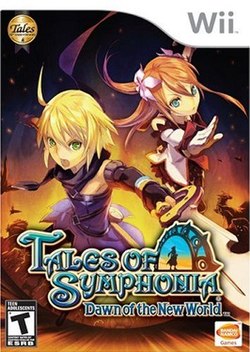
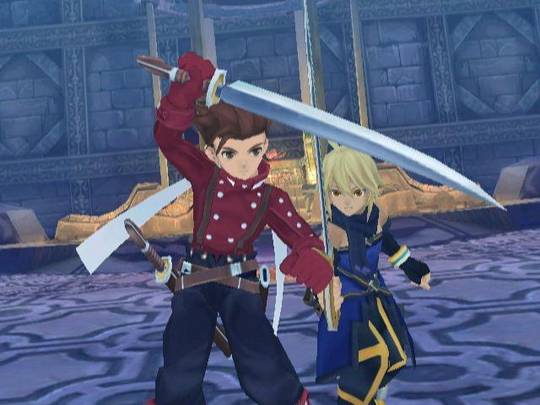







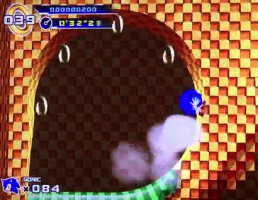
_(NA).jpg)
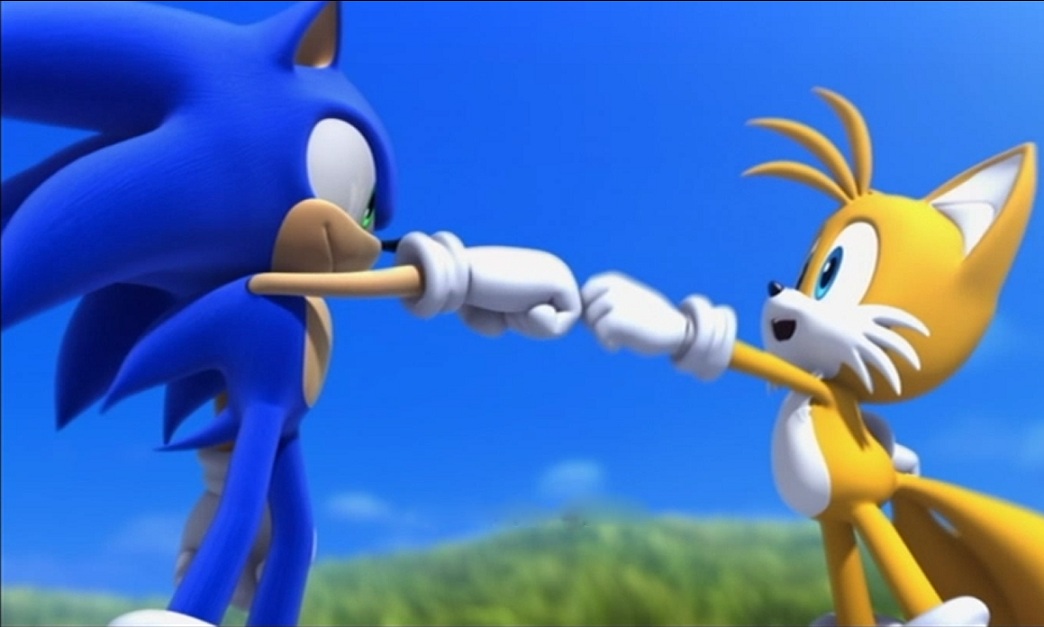

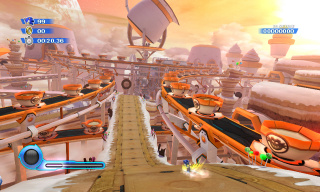


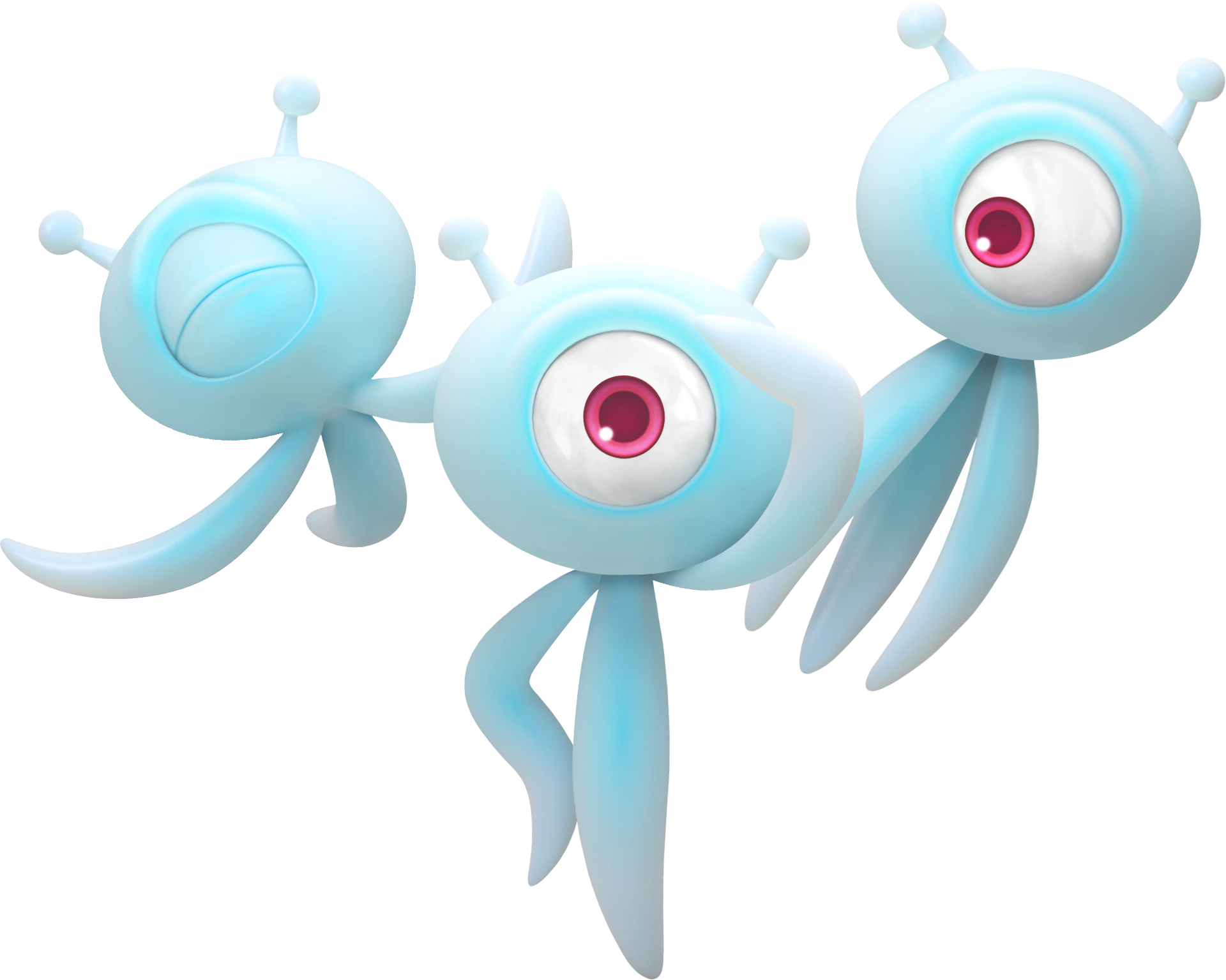








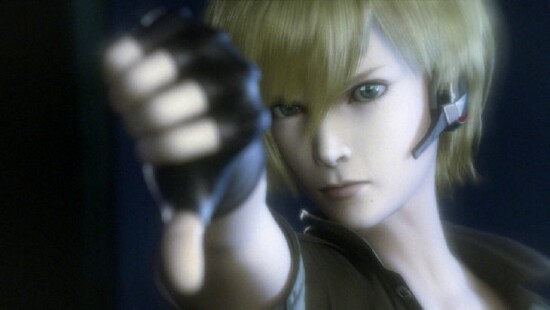






.jpg)




